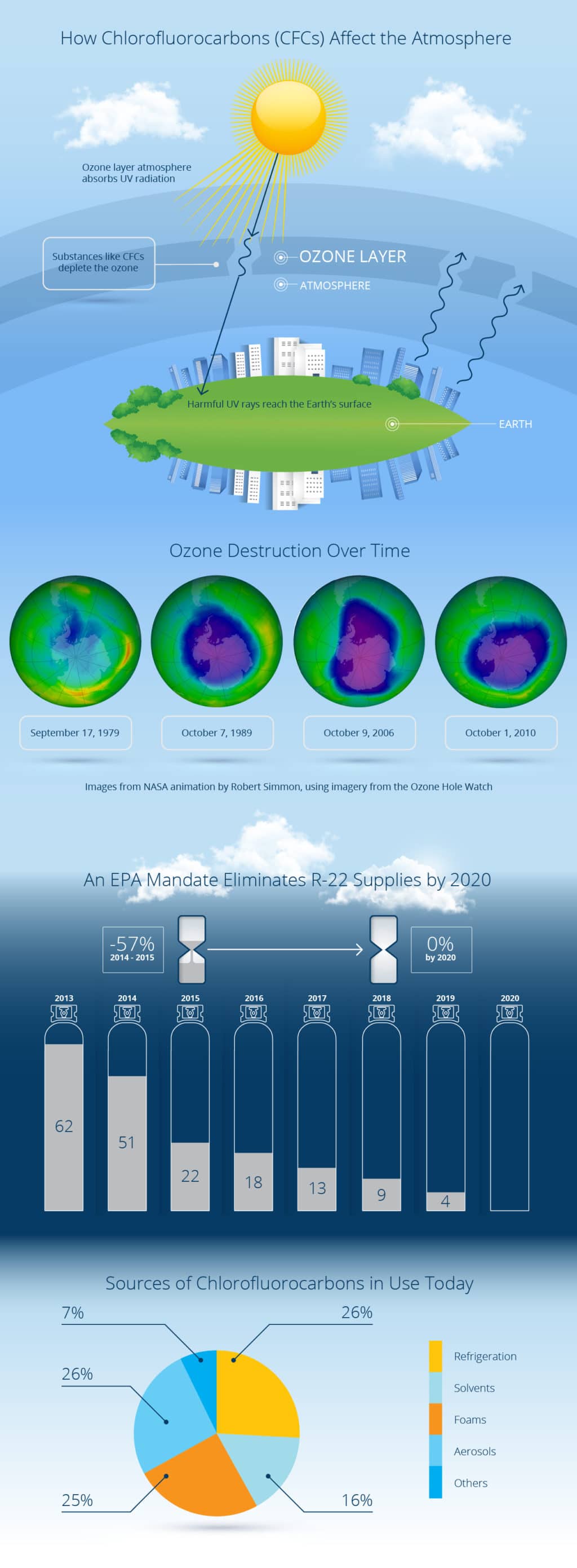The Ultimate Guide To Recognizing Warmth Pumps - Exactly How Do They Function?
The Ultimate Guide To Recognizing Warmth Pumps - Exactly How Do They Function?
Blog Article
Material Created By-Grady Singer
The best heat pumps can conserve you substantial quantities of money on power bills. They can additionally help in reducing greenhouse gas exhausts, particularly if you use electrical energy in place of nonrenewable fuel sources like propane and home heating oil or electric-resistance furnaces.
Heat pumps work very much the like air conditioning unit do. This makes them a feasible option to conventional electric home furnace.
Just how They Work
Heat pumps cool down homes in the summer season and, with a little aid from electrical power or gas, they give some of your home's home heating in the winter months. They're an excellent choice for people who want to decrease their use nonrenewable fuel sources yet aren't all set to replace their existing furnace and air conditioning system.
They rely upon the physical truth that also in air that seems too chilly, there's still power present: cozy air is constantly relocating, and it wishes to relocate right into cooler, lower-pressure settings like your home.
A lot of power celebrity licensed heat pumps operate at near their heating or cooling capability throughout a lot of the year, decreasing on/off cycling and conserving energy. For the very best efficiency, concentrate on systems with a high SEER and HSPF rating.
https://www.insideselfstorage.com/site-maintenance/self-storage-facility-maintenance-creating-do-list-plus-some-money-and-time-saving of the heatpump is the compressor, which is likewise referred to as an air compressor. This mechanical flowing gadget utilizes potential energy from power production to enhance the pressure of a gas by reducing its volume. https://beckettrdoal.techionblog.com/29354275/heat-pump-vs-heater-which-is-the-better-home-heating-option-for-your-home is various from a pump because it just services gases and can not work with liquids, as pumps do.
Climatic air goes into the compressor via an inlet valve. https://charlierwvpe.buyoutblog.com/29369633/heatpump-vs-heater-which-is-the-better-heating-alternative-for-your-home vane-mounted arms with self-adjusting length that split the inside of the compressor, creating numerous dental caries of varying dimension. The rotor's spin pressures these dental caries to move in and out of phase with each other, compressing the air.
The compressor draws in the low-temperature, high-pressure cooling agent vapor from the evaporator and compresses it right into the hot, pressurized state of a gas. This process is duplicated as required to supply heating or air conditioning as required. The compressor additionally consists of a desuperheater coil that reuses the waste warmth and adds superheat to the refrigerant, altering it from its fluid to vapor state.
The Evaporator
The evaporator in heat pumps does the same thing as it carries out in fridges and a/c, changing fluid refrigerant right into an aeriform vapor that removes warm from the space. Heatpump systems would not work without this critical piece of equipment.
This part of the system lies inside your home or structure in an interior air trainer, which can be either a ducted or ductless device. It contains an evaporator coil and the compressor that compresses the low-pressure vapor from the evaporator to high pressure gas.
Heatpump absorb ambient warmth from the air, and afterwards use power to transfer that warm to a home or business in heating setting. That makes them a great deal more power effective than electric heating units or heating systems, and due to the fact that they're using clean power from the grid (and not burning gas), they likewise produce much fewer emissions. That's why heat pumps are such wonderful ecological choices. (As well as a huge reason why they're coming to be so prominent.).
The Thermostat.
Heatpump are excellent alternatives for homes in cool climates, and you can use them in combination with conventional duct-based systems and even go ductless. They're a great alternate to fossil fuel furnace or standard electric furnaces, and they're more sustainable than oil, gas or nuclear HVAC equipment.
Your thermostat is one of the most essential element of your heatpump system, and it functions extremely in different ways than a conventional thermostat. All mechanical thermostats (all non-electronic ones) work by utilizing compounds that change size with enhancing temperature, like curled bimetallic strips or the increasing wax in a vehicle radiator shutoff.
These strips consist of 2 different kinds of metal, and they're bolted with each other to create a bridge that completes an electric circuit connected to your cooling and heating system. As the strip gets warmer, one side of the bridge broadens faster than the various other, which creates it to bend and signify that the heater is needed. When the heatpump remains in heating mode, the reversing shutoff turns around the circulation of cooling agent, to make sure that the outside coil currently functions as an evaporator and the interior cylinder ends up being a condenser.